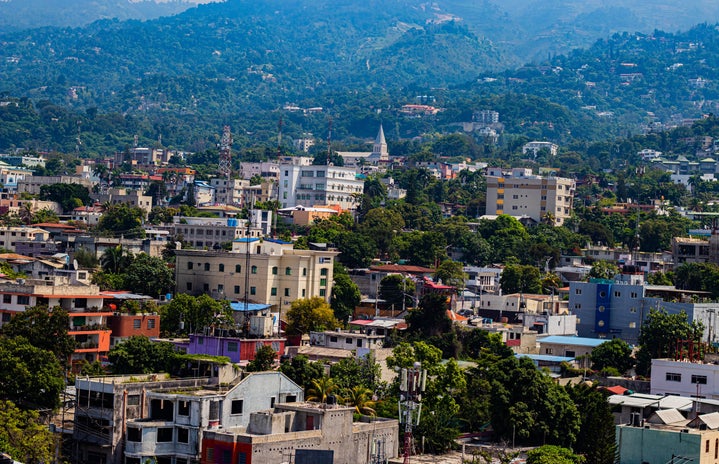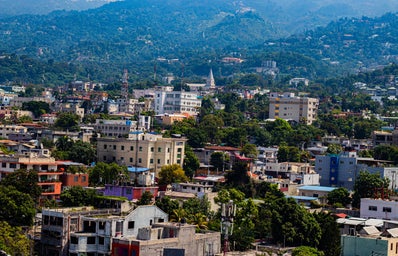Gordon Parks is what one would definitively call a Renaissance man. His musical compositions, writings and films served as extensions of his boundless creativity. However, it is through his photography that his legacy lives on.
Born into poverty, Gordon Parks grew up in a time of racial discrimination and segregation. These experiences informed much of his work later in his career. He started as a fashion photographer, shooting work for a department store in St. Paul and portraiture for upper-class society women in Chicago.
As a freelancer, Parks created his first photo essay with Life magazine, the life of a Harlem gang leader. For the following decades, Parks would produce more prolific bodies of work for Life magazine, eventually landing him a position as the magazine’s first African American staff photographer.
Parks’ work was also a reflection of the human condition, in all its complexity. From the distinct commentary in American Gothic to his series on the Thornton family of Alabama, his images contained moments of struggle, joy and hope.
What cements his legacy, however, is how his images are not just reflections of his time, but ours. Decades of separation have yet to diminish that. When looking at his work during the Civil Rights Movement in comparison to the Black Lives Matter movement, that fact is just as clear.
For Parks, art was more than a form of creative expression, it was a tool for change and healing. He saw the strength within himself and his people, and he used his talents to constantly showcase that.


